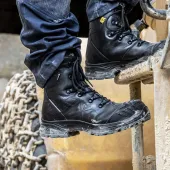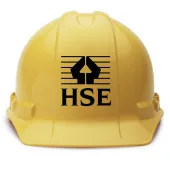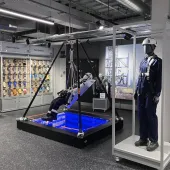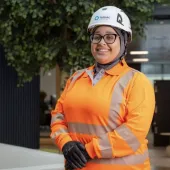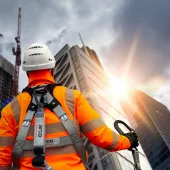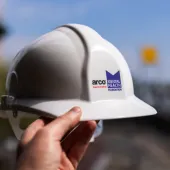Smart Personal Protective Equipment
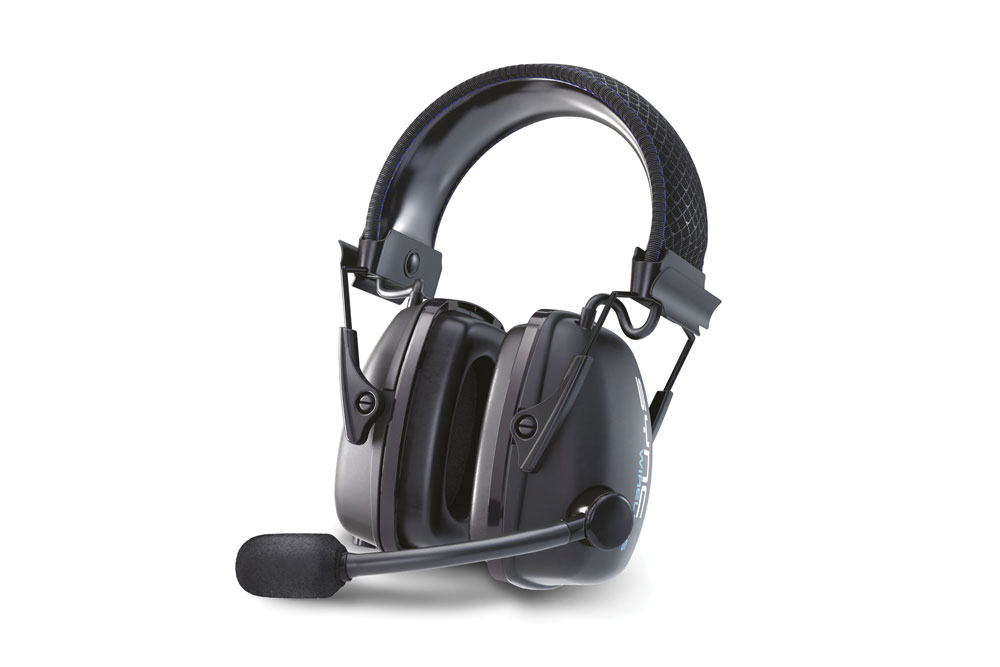
First published in the May 2018 issue of Quarry Management
Cleo Cabuz, vice-president of engineering and chief technology officer for Honeywell Industrial Safety, comments on above-the-neck PPE trends
The current trend towards ‘smart’ personal protective equipment (PPE) is expected to continue and accelerate in 20181, and above-the-neck PPE is one the areas where some of the most exciting technology developments are set to take place.
In the era of Industry 4.0, RFID- and Bluetooth-enabled PPE can already connect to smartphones to become edge devices able to collect and transmit data. In future, by using retrofitted wireless data-transfer technology, such as near-field communication (NFC), everything from eyewear to hard hats could become connected, whilst further innovations in wearable sensors could make it possible to monitor any parameter that affects a worker’s health.
With regards to hearing protection, one of the key trends is enhancing communication while preserving hearing in the long term. Increasingly, devices such as earmuffs are becoming communication hubs that connect to smartphones via Bluetooth, allowing workers to answer phone calls, hear alarms or receive vital instructions without putting their hearing at risk. Additionally, the integration of miniaturized microphones to register residual noise, combined with software and cloud technology, is allowing a new app-based approach to hearing conservation, with the ability to monitor sound exposure in real time and fight noise-induced hearing loss (NIHL).
Hard hats could also be transformed into smart devices that could help the safety industry move towards an information-driven approach to workplace risk reduction. Hard hats embedded with miniaturized biometric sensors could gauge and monitor in real time, through perspiration and pulse, vital parameters such as heart rate, body temperature, and stress, which can be early signs of an imminent threat. Armed with intelligent health and safety data, the control room is in a better position to immediately alert a worker to step out of a dangerous situation or send immediate rescue.
This connected approach could encourage the uptake and correct use of PPE among millennials, who are expected to make up 50% of the global working population by 20202. By equipping itself with the kind of technology that meets the expectations of this generation of digital-natives, the safety industry will put itself in the best position to protect their health in the long term.
At the other end of the spectrum, smart PPE that can address the needs of the ageing workforce will be of increasing importance. Statistics show that occupational fatalities are more likely to occur among older workers3, with many of these fatalities due to lack of appropriate preventative measures and effective rescue procedures.
Further developments in smart PPE and software – and particularly the design of interfaces that are simple and intuitive to use, such as app-based and touch-screen environments – will be critical to encouraging both younger and older workers to embrace connected safety technology. In future, it is distinctly possible that voice recognition and artificial intelligence will be incorporated into this mix, with display screen equipment becoming a pure visualization tool where ‘touch’ may even become unnecessary.
References
- www.technavio.com/report/global-smart-ppe-market
- www.pwc.com/m1/en/services/consulting/documents/millennials-at-work.pdf
- www.hse.gov.uk/statistics/pdf/fatalinjuries.pdf
- Subscribe to Quarry Management, the monthly journal for the mineral products industry, to read articles before they appear on Agg-Net.com


